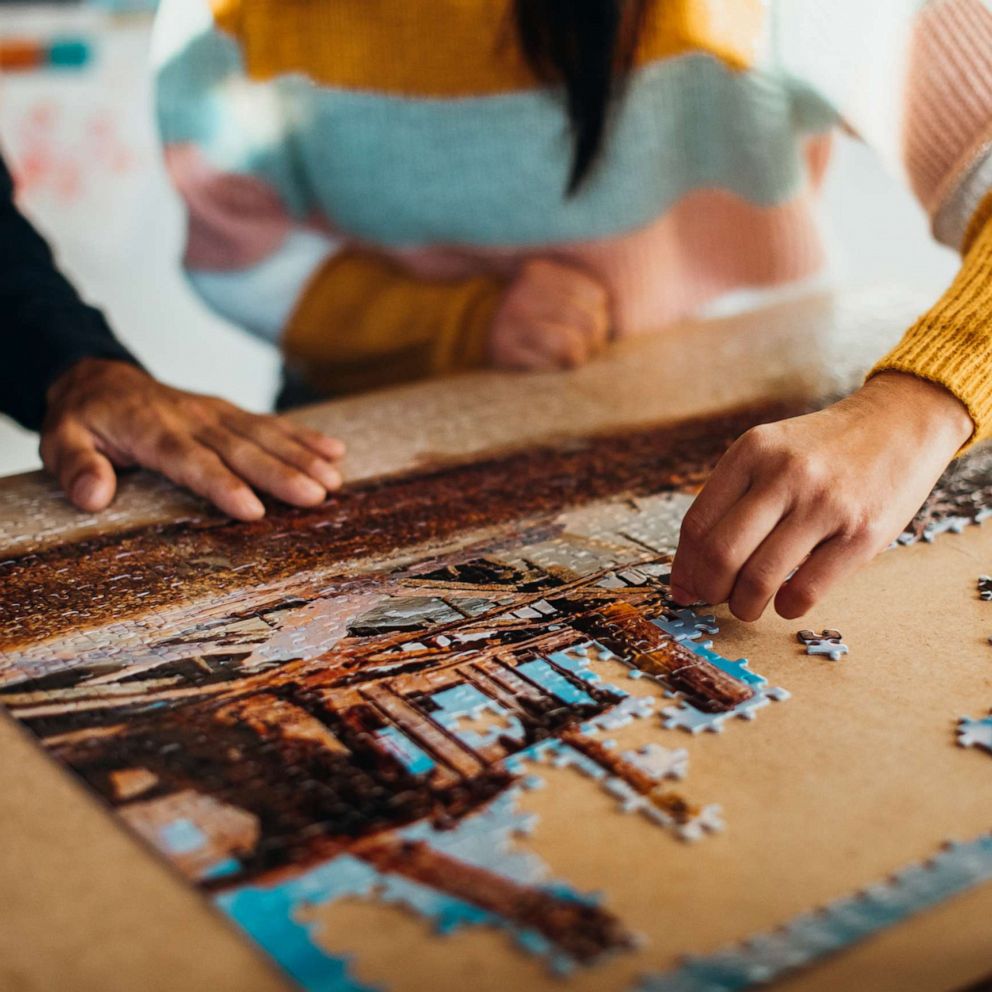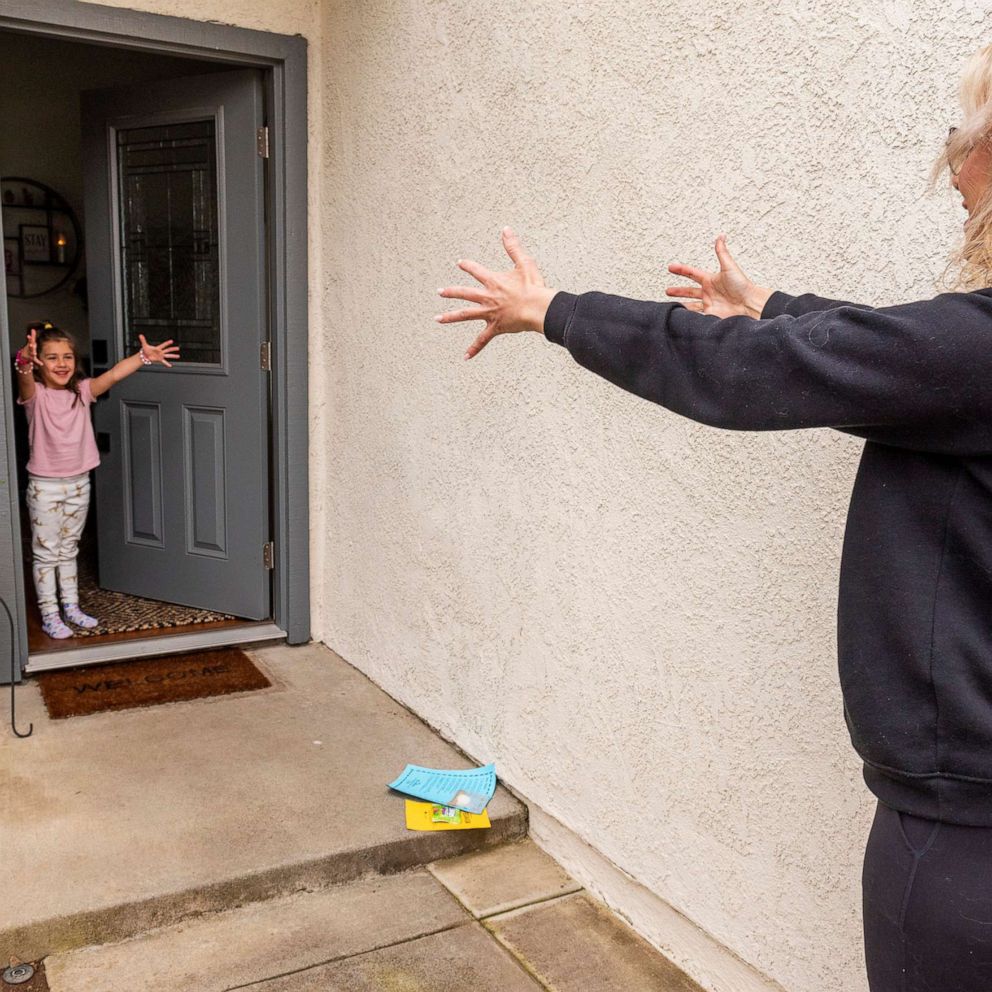Coronavirus exposes vulnerability of NYC museums and museum workers
Former workers speak about layoffs happening at major institutions.
It seems no industry has been immune to the interruptions caused by coronavirus and in the city that never sleeps, some of the biggest cultural institutions have had to dream up new ways to engage beyond the walls of a museum.
The Museum of Modern Art (MoMa), The Met, The Guggenheim, The Whitney Museum of American Art and more are home to some of the most famous works and house an array of impressive galleries, but have all been forced to temporarily close their doors in the wake of the ongoing COVID-19 pandemic.
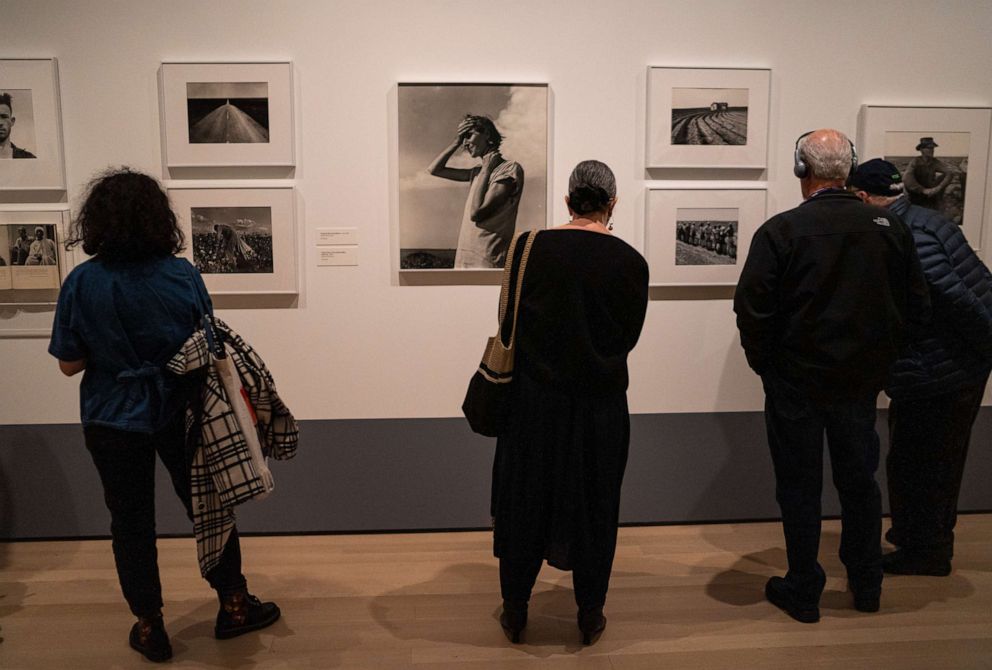
What happens to museum educators?
These institutions are typically staffed with art educators who present a depth of knowledge for visitors, but the recent, sudden closures have cost those contract employees their jobs.
UAW Local 2110, a local labor union that represents nearly 270 professional and administrative staff at MoMa, told ABC News that the museum's educators "were unceremoniously dumped."
"Many were treated as independent contractors," Maida Rosenstein, President of UAW Local 2110 said of the employees that "these institutions really depend on."
"The whole coronavirus [situation] has really shown ... that the gig economy is not working very well for workers," Rosenstein added. "Even if the institutions are in a terrible position this is a bad economic structure for people -- This has been devastating for workers at cultural institutions."
One New York City-based arts educator, who asked to remain anonymous, told ABC News that after over two years working for the MoMa, she and the rest of her colleagues found out abruptly via email that their services were -- as the educator put it -- "no longer required."
"I was shocked to read the content of the email and even more disappointed by the tone and manner of its delivery," she said. "I hadn't heard from my bosses at MoMA for weeks and to receive a form email from an unknown administrative account that went to my spam folder was particularly impersonal and shocking.
"Being treated as people who can be fired via an automated form email devalues the work we do to make the Museum an accessible, inclusive, human space," the former MoMa employee said.
Amanda Hicks, MoMa's director of communications, responded to the employees' concerns, telling ABC News in a statement: "With the open-ended closure of the Museum, we’ve faced the painful reality that there will be no new contract assignments to offer to a group of excellent freelance educators who work on an as-needed basis at museums across the city, including MoMA. We are deeply grateful for their past contributions to the Museum. We wish them and their loved ones safety and health in this difficult time.”
In the email from MoMa sent to its education employees obtained by ABC News, the museum said: "Because of the unprecedented economic crisis caused by the COVID-19 pandemic and the Museum’s closure, we must terminate our current contracts with all of our educators. As promised, those of you who were scheduled to perform work at the Museum over the last two weeks will receive a final payment for work through March 30. All other future engagements are cancelled and no further payments will be made."
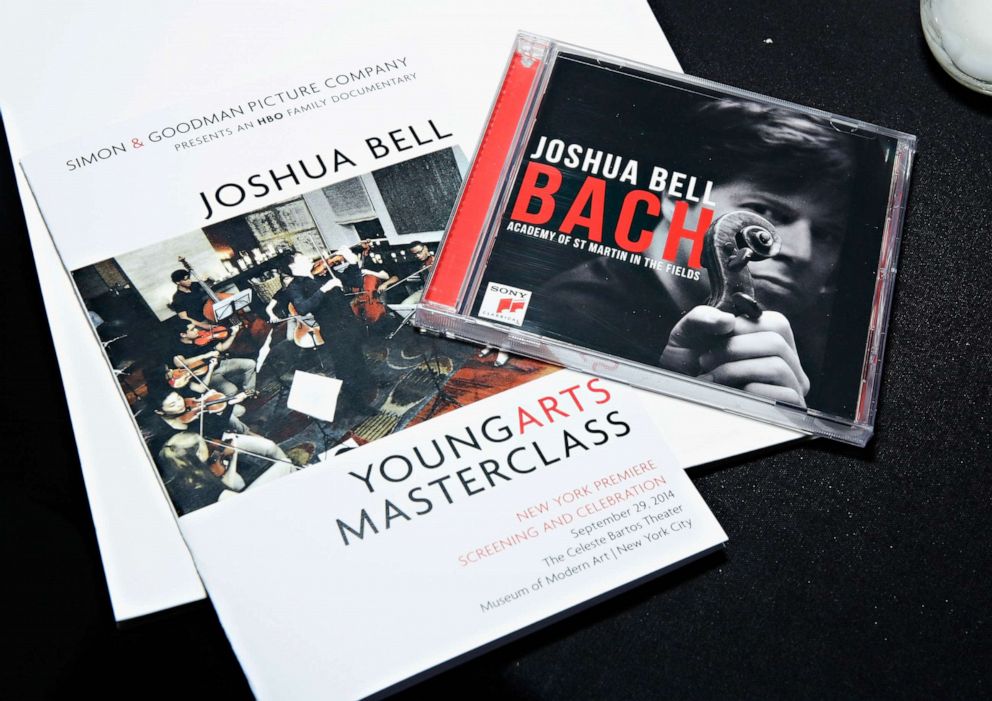
As of Friday evening, the arts educator from MoMa says she received "a kind note" from her supervisor's personal email, but says she has yet to hear from the museum directly since they sent out the email on March 30, but said she has communicated with her team of about 15 other educators "who are all deeply saddened and shocked at how this transpired."
"These are clearly unprecedented times financially for these institutions. They're really struggling and that's evident across the board. However, every single other institution I work for -- six major NYC museums -- has reached out to communicate transparently where there are coming from and how much they value the work we do," she explained of the juxtaposition of how the news was delivered. "I was laid off from another museum last week with a personal note from my supervisor, her supervisor, and the head of HR."
Rosenstein highlighted the value of those jobless educators has always been "vital" to the museum's involvement with its community.
"They give tours of exhibits they explain art to people who come in, they run community programs, they go to the schools and bring school-groups around," she said. "They make that vital connection between kids and communities and art and these institutions."
How museums are staying engaged with the community
The former MoMa contract employee explained that some of New York City's other top museums have reached out to partner with other art educators "to come up with new strategies to engage our audiences in this new landscape or to continue programming online."
Many museums have turned to online exhibits, virtual tours, e-books and more to inspire the art community, leaning heavily on social media to present art in new ways as Americans adjust to a "new normal" staying at home, going out only for essentials and practicing social distancing as mandated by the CDC.
The hashtag #MuseumFromHome has garnered additional attention on Twitter so that people can consume more art right from their devices.
What does this mean for smaller museums?
While larger institutions have endowments, grants and other financial means to potentially help weather the revenue impacts of COVID-19, smaller institutions don't.
The Tenement Museum on Manhattan's Lower East Side, represents evolving stories of immigration in America through exhibits, programs and curriculum and is now asking the public for support amid the "extraordinary crisis."
"We've had to shut our doors -- foregoing the earned revenue on which our work depends -- and we’ve canceled the gala that is the heart of our fundraising," the museum said in a statement. We need your help -- now more than ever -- to get us through this financial crisis."
"This is absolutely devastating and crushing for them and some may not survive without some kind of bailout," Rosenstein, whose union represents a handful of museum workers, said. "These people are potentially out of jobs or in very insecure situations -- it’s very difficult and nobody knows how long this will last."
What's the next step?
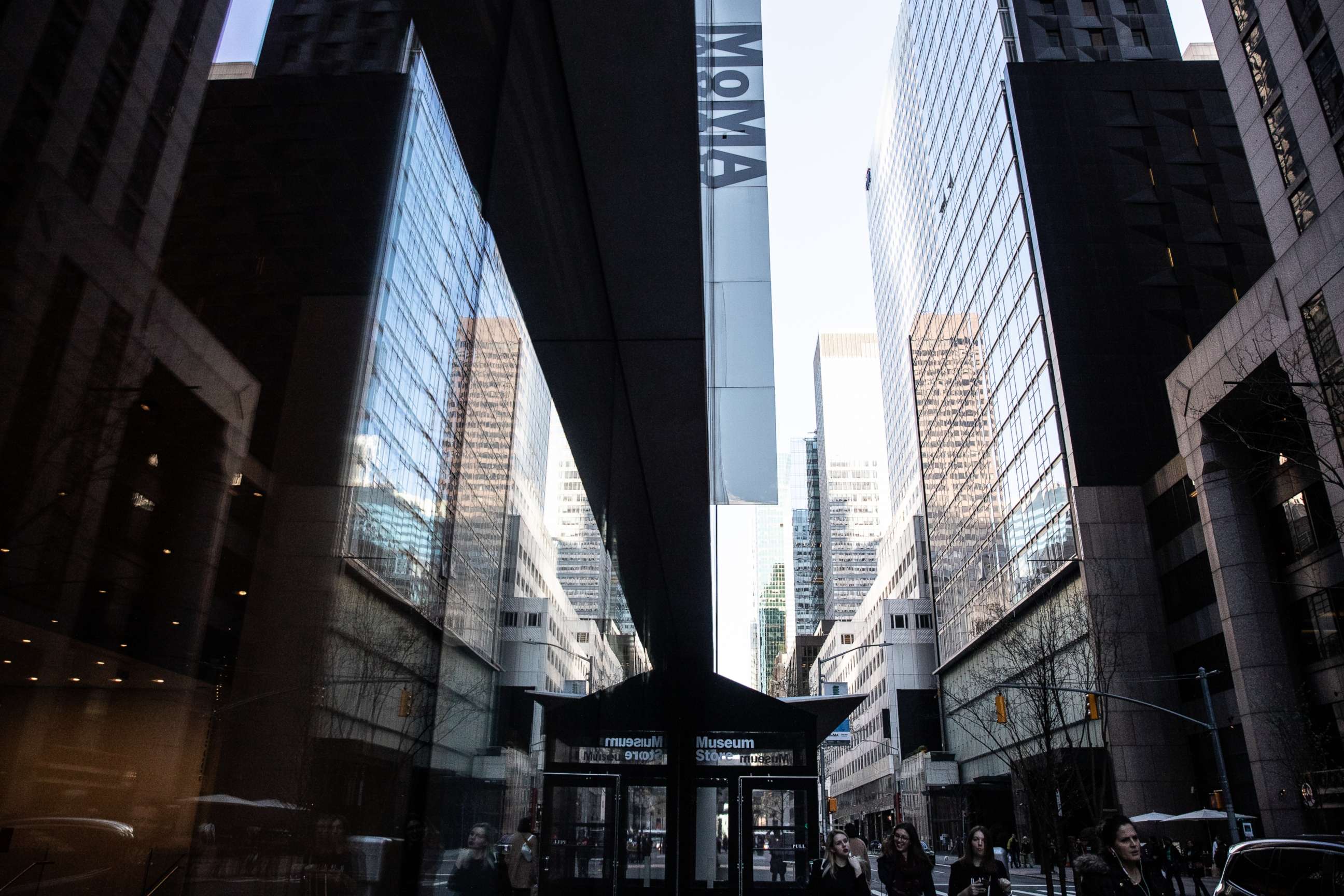
Sadly, since there does not seem to be a solid timeline of when activities like going to museums will resume in the U.S., it is impossible to predict what the world will look like in the coming days, weeks or months, which means the fate of these employees and institutions is up in the air.
"Even when you reopen it’s not like you can immediately go full speed," Rosenstein said. "Tourists are not going to be rushing from Europe to the Museums."
The art educator told ABC News that while the creative online learning experiences and collections have created a new space that was once housed on the museum's walls, she believes it will be difficult to ever function long term without those workers expertise.
"That magic is difficult to replicate entirely, there are ways of creating community and sustaining an audience through programs and different online offerings. What is deeply unnerving is how long MoMA says they might be going without educators for," she said, adding that the email explained MoMa may not need them "for years."
"We expect the Museum to remain closed to the public for the near future. When it is safe and feasible to reopen the Museum, it will be months, if not years, before we anticipate returning to budget and operations levels to require educator services," the email stated.
"Institutions like MoMA do so much to make New York, New York, and crises like these expose how fragile they are," she explained. "If we value these spaces we need to demonstrate that we also value the thousands of low-wage employees who make MoMA work."
